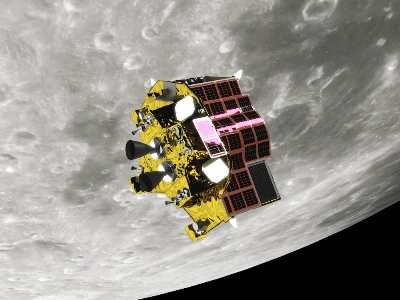Japan’s successful touchdown on the lunar surface not only made it the fifth country to soft land a spacecraft on the moon but may have also demonstrated critical technologies for future space missions.
Dubbed “Moon Sniper,” the Japan Aerospace Exploration Agency (JAXA) spacecraft tested a new system that allows moon missions to land within 100 meters of a target area, a capability that — if confirmed over the coming weeks — would mark a major breakthrough in efforts to build an international lunar base camp and greatly advance other space exploration projects.
Designed to land “where we want to, rather than where it is easy to land,” this pinpoint-landing technology “may be applied for a precision buildup of the Artemis base camp,” said Peter Garretson, a space strategy consultant and senior fellow in Defense Studies at the American Foreign Policy Council.



















With your current subscription plan you can comment on stories. However, before writing your first comment, please create a display name in the Profile section of your subscriber account page.